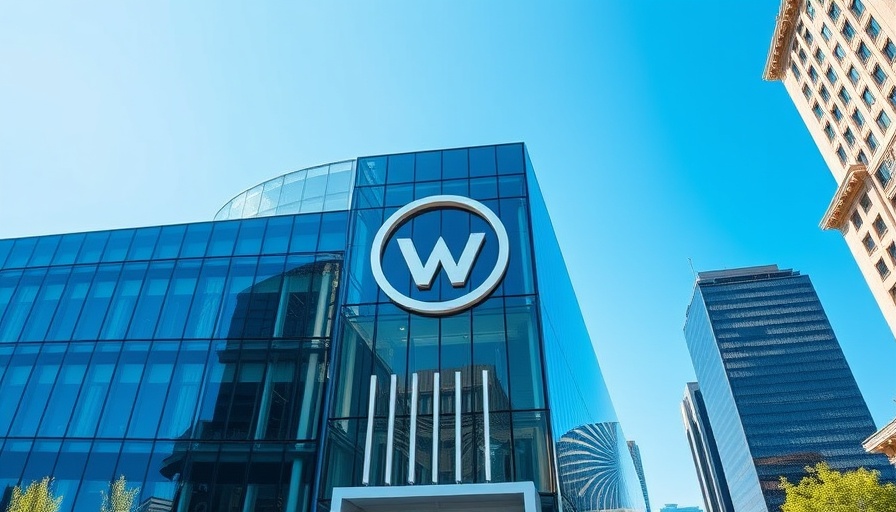
Stantec Settles EPA Grant Fraud Allegations
In a notable case that highlights the importance of ethics in engineering, Stantec, a prominent player in the construction and engineering sectors, agreed to pay $4 million to settle allegations of fraud concerning Environmental Protection Agency (EPA) grants. The allegations stemmed from the company’s supposed mismanagement of federal funds aimed at enhancing sustainability projects. This incident not only draws attention to regulatory compliance but also underscores the need for transparency in the construction industry.
The Importance of Compliance in Construction Projects
As clients of commercial construction companies, understanding the implications of such fraud cases is crucial. Compliance with government regulations is not just a legal obligation; it ensures project efficiency and upholds the integrity of the construction sector. The fallout from such allegations can lead to increased scrutiny, affecting timelines and budgets. Companies that prioritize compliance stand a better chance of delivering quality outcomes for their clients, ultimately enhancing their reputation and fostering trust.
Lessons Learned: Navigating the Regulatory Landscape
The Stantec case serves as a reminder of the regulatory landscape that governs construction and engineering projects. Companies must invest not only in technology and innovation but also in compliance training and processes. For clients, selecting companies committed to ethical practices can safeguard their investments and project integrity. It’s essential for construction firms to adopt robust internal controls to prevent such mismanagement, which can lead to severe penalties and loss of client confidence.
Future Predictions: Ethical Construction Practices
Moving forward, it will be paramount for construction firms to prioritize ethical practices, especially as sustainability initiatives gain traction. With increasing demands for transparency and accountability in all business sectors, clients should seek partnerships with companies that demonstrate a commitment to ethical compliance. These firms will not only mitigate risks associated with regulatory breaches but will also position themselves as leaders in sustainable building and construction technology.
Decisions You Can Make with This Information
This case is a wake-up call for clients in the construction industry. Here are some decisions you can make:
- Prioritize engaging with companies that have a solid reputation for compliance and transparency.
- Inquire about their project management processes and how they handle regulatory requirements.
- Consider companies that integrate sustainable practices as part of their operational strategy.
By making informed decisions, clients can ensure that their chosen construction partners not only deliver quality outcomes but also adhere to ethical standards that protect their investments.
Elevating Industry Standards through Ethical Practices
The construction industry stands at a crossroads as it faces pressures from both clients and regulatory bodies. Upholding ethical practices is not merely a necessity for reducing legal risks; it enhances overall project quality and fosters innovation. As Stantec's situation reveals, vigilance in ethical conduct can significantly impact a company’s trajectory and trustworthiness. As clients, demand more than just a finished product—seek partners who value ethical standards as much as they do results.
As we navigate through a complex regulatory framework, remember that ethics in construction is a shared responsibility. Emphasizing ethical practices not only leads to better project outcomes but also elevates the industry's standards as a whole. Embrace these principles in your upcoming projects, ensuring that accountability and integrity remain at the forefront.
 Add Row
Add Row  Add
Add 




Write A Comment